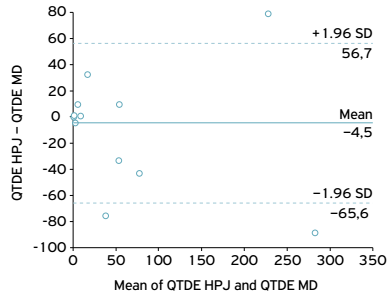ABSTRACT:
Parasitic diseases are common in wild animals kept in captivity, and the research of these parasites is a tool used in wildlife management actions. Once the method most used in the practice of veterinary laboratories is the direct examination, it was considered appropriate to report the parasitism in captivity wildlife comparing this technique with modified methods of Hoffman, Pons and Janer (HPJ) and Willis. Fresh feces were surveyed in eleven precincts with specimens of the class Reptilia, Birds and Mammalia. A positive result for the presence of parasites was observed in 81.8% of them, of which 18.2% were, 9.1% helminths and 54.6% protozoa and helminths simultaneously. The direct and HPJ methods were more specific for the identification of parasites, 72.7 and 63.6%, respectively, while the method of Willis showed less positive results (36.4%). It is concluded that the ideal routine in veterinary laboratory fecal examinations of wild animals is to use the HPJ method associated with the direct method for the detection of protozoa and/or helminths, in order to obtain more accurate results.
KEYWORDS:
wild animals; intestinal endoparasites; diagnostic methods

 Thumbnail
Thumbnail
 Thumbnail
Thumbnail
 Thumbnail
Thumbnail


